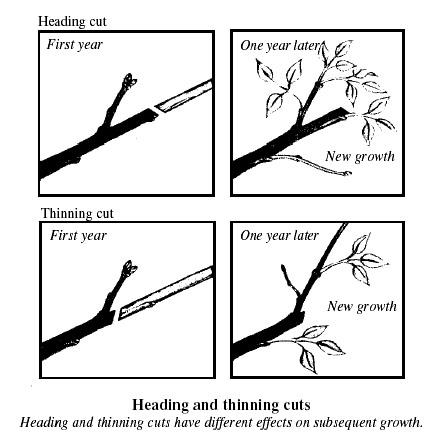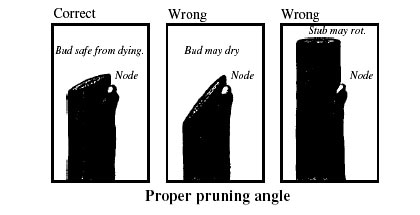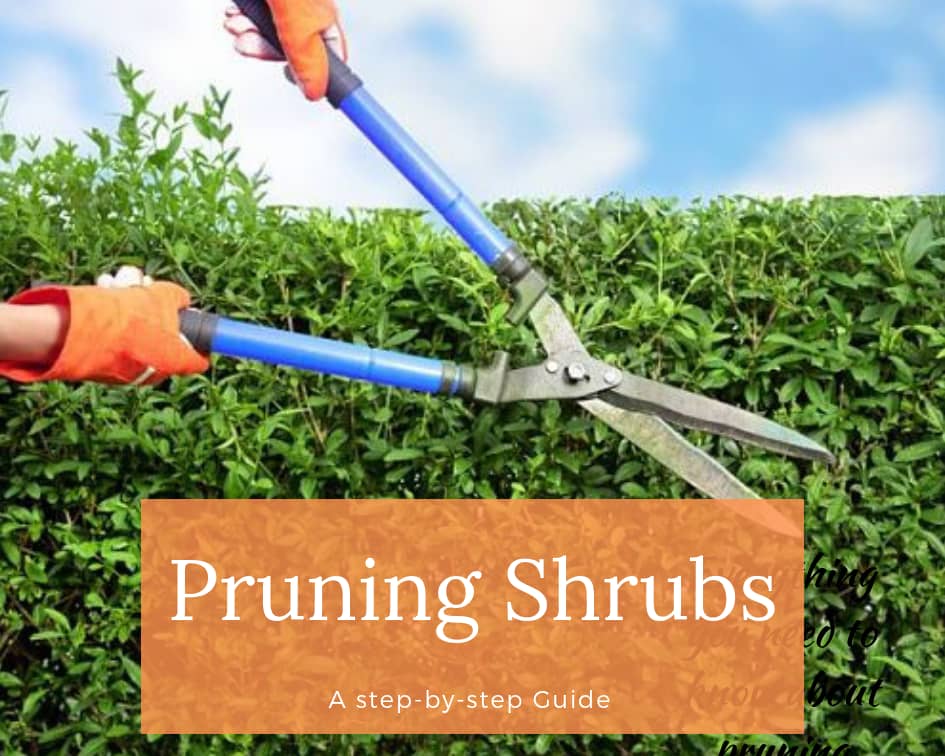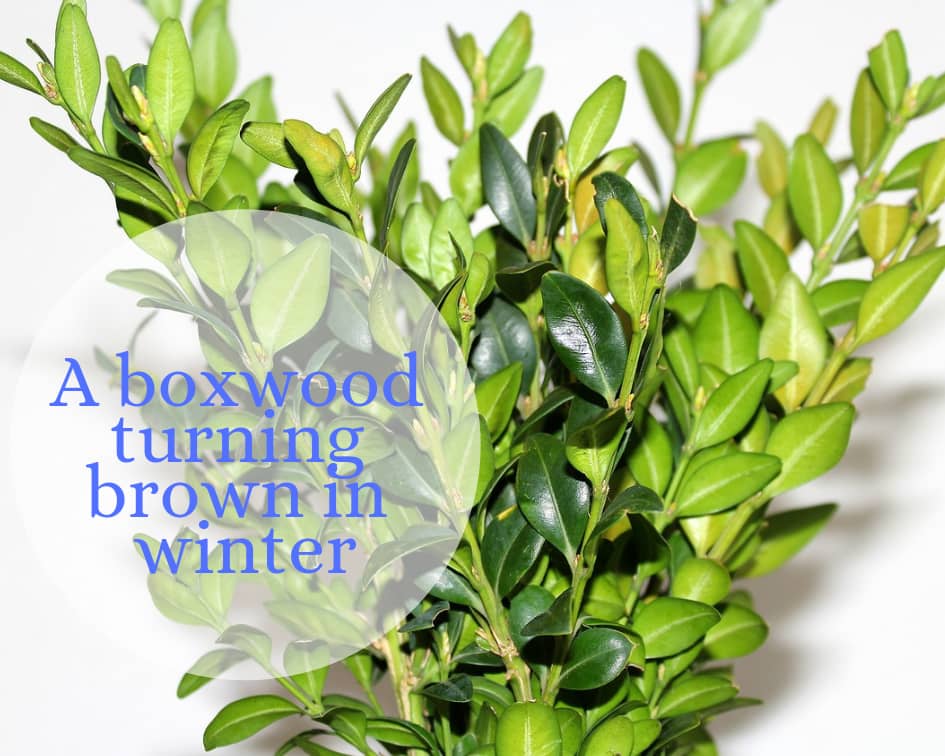This post may contain affiliate links. As an Amazon Associate we earn from qualifying purchases.
We receive loads of questions about pruning. . .especially shrubs. Rather than reinvent the wheel on this, we are fortunate to be able to offer the following article about how to prune shrubs by experts that we respect a great deal.
First, understand the shrub’s growth habit
While we have a tendency to force certain shrubs to grow to our desired form, and many willingly comply, they do have a natural habit. When you understand this habit, pruning becomes a lot easier.
When you remove the tip of a shoot, it prompts the the buds below the tip to grow. These buds, by the way, are located at the nodes — where the leaves attach. “Each node produces from one to three buds,” depending on the species of shrub, according to Susan C. French and Bonnie Lee Appleton, Virginia Cooperative Extension.
Shrubs that mound, such as azalea, have soft stems and small leaves. Depending on the plant’s size, you’ll most likely want to use pruning shears. Those with canes, such as nandina, send up the canes from the base. Woodier shrubs that are more tree-like in habit (think witch hazel) have woody, finely divided branches.

Types of pruning cuts
When you prune, you’ll choose from two types of cuts, heading and thinning, depending on what you hope to accomplish.
If you hope to promote new growth, you’ll want to use a heading cut, just above the buds you want to stimulate. Keep an eye on the direction that the top bud is pointing because that is the direction the new growth will head.
“Non-selective heading cuts made indiscriminately will stimulate rapid regrowth from buds below the cut,” caution French and Appleton. “These vigorous shoots are unattractive and make shrubs bushier, but not smaller.”
If your aim is to reduce the density of the shrub, use thinning cuts. These are made “just above parent or side branches and roughly parallel to them,” according to French and Appleton.

Maintenance pruning
Before taking pruning tools to your shrub, disinfect them in a solution of 3 parts of water and 1 part Lysol disinfectant. Allow them to soak for about 5 minutes before rinsing them with clear water. It’s a good idea to also give your pruners a dip between cuts, to ensure you aren’t spreading disease pathogens to other parts of the plant.
Maintenance pruning is that which you perform on an annual basis to keep the shrub healthy. Take out diseased, dead and cracked or broken stems or branches. Then, go after those that are growing in a direction you don’t want them to grow.
Reduce the cane-type shrub’s height by cutting down to the ground the tallest canes. Mounding shrubs should be shortened by making thinning cuts inside the shrub, in areas that aren’t visible. Take off up to one-third of the shrub’s tallest canes.
Prune shrubs with a tree-like habit with an eye toward opening up the center, using thinning cuts. Get rid of any branches in contact with the soil and any suckers that may be growing from around the base of the shrub. “Tree-like shrubs can usually tolerate removal of one-eighth to one-fourth of their branches,” according to French and Appleton. Ensure you use the right tool.
Rejuvenating an old, overgrown shrub
Rejuvenation pruning may seem a bit drastic, but it’s often necessary. Not all shrubs tolerate rejuvenation, though. The ideal candidates, according to French and Appleton, include dogwood, hydrangea, abelia, honeysuckle, lilac, spirea, hypericum and rose-of-Sharon.
The best time for rejuvenation pruning is early spring, just before bud break. The easiest method is to cut down the entire shrub to within 6 inches of the soil. You’ll need loppers and, perhaps a pruning saw. You’ll find our favorite loppers and pruning saw at Amazon.com.
Another type of shrub rejuvenation involves taking things a bit slower. Remove one-third of the shrub’s oldest branches. Wait one year and then remove half of the oldest stems. One year after that, take out the rest of the old branches.
When to prune shrubs
When to prune depends on the type of shrub you’re pruning. Some tolerate a late winter or early spring (before bud break) pruning better than others. Spring-blooming shrubs, on the other hand, take to pruning better when it’s performed right after they’ve finished blooming.
Avoid summer pruning for all but summer bloomers. Those should be pruned after they finish flowering.
Illustrations Courtesy: Virginia Cooperative Extension





